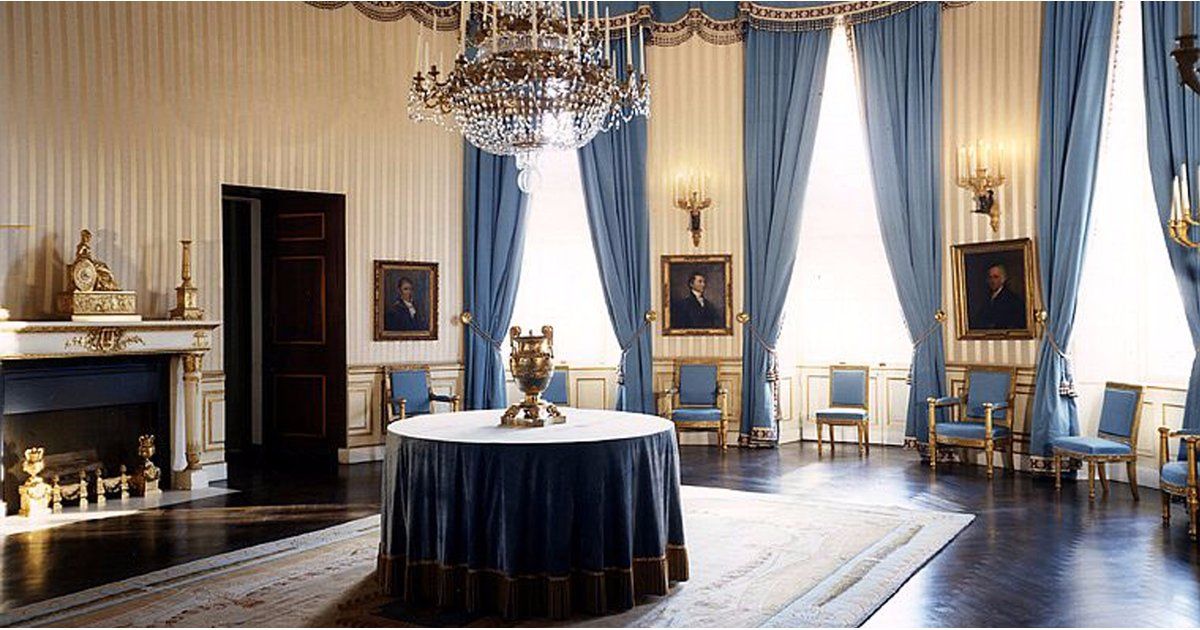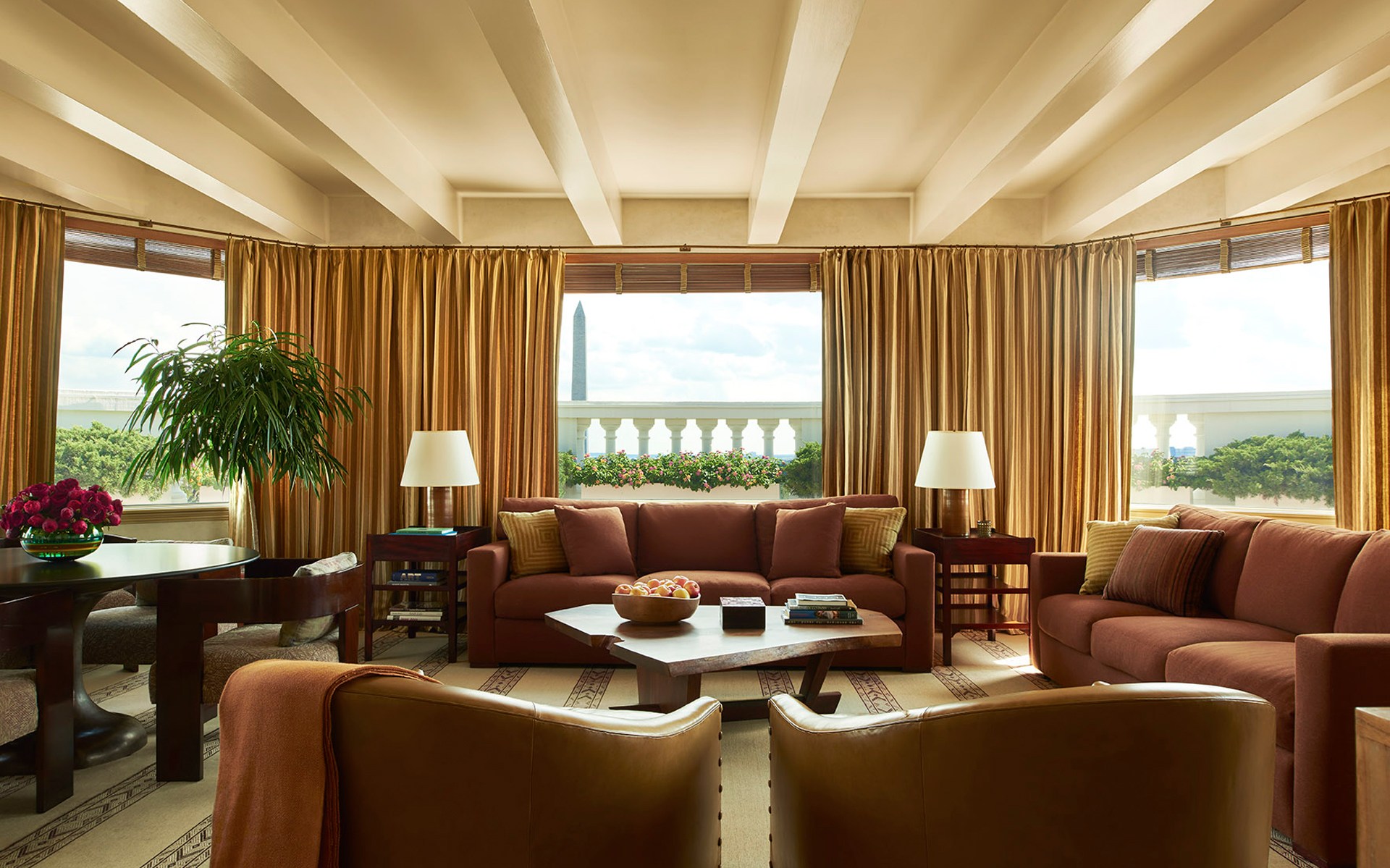The First White House Decorator: Which President Was It?

The history of the White House's interior design is rich with stories that echo the changing tastes, political ideologies, and cultural preferences of the United States' leadership. Among the presidents who made significant contributions to its aesthetic, none stands out more than James Monroe.
The Monroe Presidency and the Decoration of the White House

James Monroe served as the fifth President of the United States from 1817 to 1825. This period is known as the “Era of Good Feelings,” a time of relative political harmony and national expansion. During his tenure, Monroe not only made significant policy decisions but also had a notable impact on the White House itself, particularly through his approach to its decoration and furnishing.

Monroe’s Interest in Architecture and Design

James Monroe had a personal interest in architecture and design:
- His taste was influenced by his travels in Europe, where he observed the luxurious interiors of European courts.
- Monroe appreciated neoclassical architecture, which was reflected in his contributions to public buildings and his home designs.
- He sought to bring an elevated sense of style to the executive mansion.
The Burning of Washington and the Restoration

One key event that paved the way for Monroe’s decoration endeavors was the War of 1812. In August 1814, British forces burned much of Washington, D.C., including the White House:
- This event left the White House in a state of disrepair.
- Monroe oversaw the rebuilding and redecoration, ensuring it reflected the burgeoning national pride and grandeur of the young republic.

Monroe’s Decorative Choices

Here’s how Monroe contributed to the aesthetic transformation of the White House:
- Furniture and Décor: Monroe commissioned and purchased French neoclassical furniture, including pieces from Pierre-Philippe Thomire, a prominent furniture maker of the time.
- Artwork: Paintings, many of which are still in the White House today, were acquired to decorate the walls.
- Ornamental Objects: He brought in luxurious chandeliers, mirrors, and candelabras, aiming to create an environment befitting the dignity of the office.
The Influence of Monroe’s Background

Monroe’s previous experiences as a diplomat had an undeniable influence:
- His exposure to the elegance of European palaces during his service in France and England.
- His role in negotiating treaties and peace deals gave him access to influential figures known for their taste in art and decoration.
Legacy and Continuation

Monroe’s decorative legacy did not end with his presidency:
- His taste set a precedent for future presidents.
- His neoclassical influence can still be seen in the official rooms of the White House today.
🌟 Note: While Monroe's taste influenced the White House's aesthetic, subsequent presidents and first ladies also made their mark, often adding layers of personal touches to the decor.
In summary, James Monroe's contribution to the White House's decoration marks him as the first president to significantly enhance its interior. His tenure not only left a lasting legacy in the architecture of the nation but also within its most iconic residence, cementing the White House as a symbol of American pride and elegance. The role of future presidents and first ladies was to build upon Monroe's foundation, creating a rich tapestry of the nation's evolving identity.
Did any other president influence the White House decor before Monroe?

+
While Monroe is recognized as the first significant decorator of the White House, earlier presidents like John Adams and Thomas Jefferson also made contributions. However, their efforts were less systematic or extensive compared to Monroe’s.
What happened to the furniture and decor after Monroe left office?

+
Much of the furniture and decor that Monroe commissioned remained in the White House. However, due to the wear and tear over time, some items were replaced or refurbished by subsequent administrations. The core of what Monroe brought in formed the basis for many of the White House’s current decorative elements.
How did Monroe’s contributions differ from other presidents?

+
Monroe’s contributions were marked by a deliberate attempt to bring European neoclassical style to the White House, emphasizing grandeur and elegance. This approach was more systematic and visionary compared to the more piecemeal efforts of his predecessors.